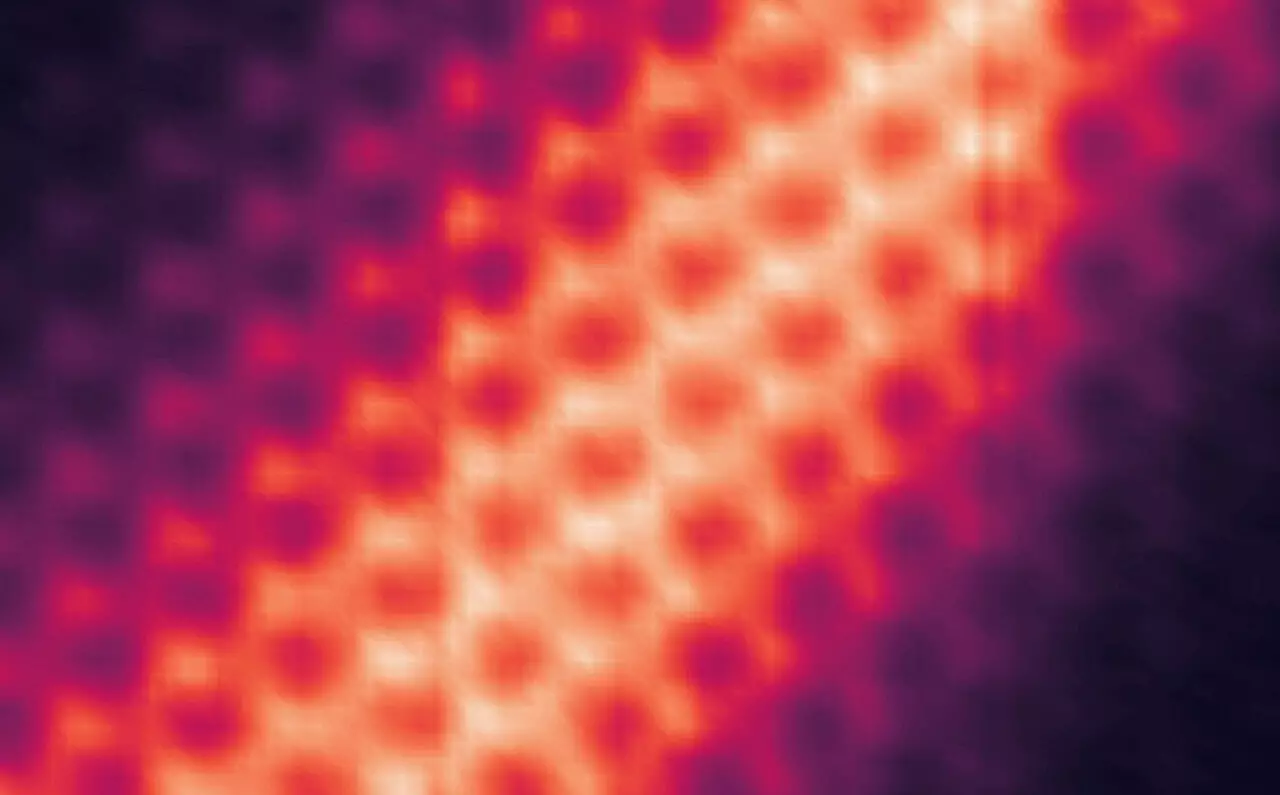A recent breakthrough by an international research team led by Lawrence Berkeley National Laboratory has opened up new possibilities for advancing quantum computing and energy-efficient electronics. The researchers have successfully visualized and demonstrated electrical control of a unique quantum phenomenon known as a chiral interface state. This conducting channel allows electrons to travel in only one direction, eliminating energy-wasting electrical resistance caused by backward scattering.
Visualizing the spatial characteristics of chiral interface states has been a significant challenge for researchers. Previous experiments have confirmed the existence of these states, but high-resolution imaging was lacking. However, the research team at Berkeley Lab and UC Berkeley has successfully captured atomic-resolution images that directly visualize a chiral interface state for the first time. This groundbreaking achievement provides valuable insights into the nature of these resistance-free conducting channels.
To prepare chiral interface states, the researchers utilized a device called twisted monolayer-bilayer graphene, consisting of two atomically thin layers of graphene rotated precisely relative to each other. This configuration creates a moiré superlattice that exhibits the quantum anomalous Hall effect, enabling the formation of chiral interface states. By using a scanning tunneling microscope (STM) in subsequent experiments, the researchers were able to detect different electronic states in the sample and visualize the wavefunction of the chiral interface state.
One of the key findings of the research is the ability to manipulate chiral interface states by modulating the voltage on a gate electrode underneath the graphene layers. The researchers demonstrated that a voltage pulse from the tip of an STM probe could “write,” erase, and rewrite chiral interface states in the sample, even changing the direction in which electrons flow. This level of control opens up exciting possibilities for building tunable networks of electron channels with potential applications in energy-efficient microelectronics and low-power magnetic memory devices.
The discovery of chiral interface states represents a significant step towards the development of quantum information systems and quantum computation. The researchers plan to further explore the potential of these states in studying exotic physics in related materials, such as anyons, a new type of quasiparticle that could revolutionize quantum computing. While there is still a long road ahead, this research paves the way for future advancements in the field of quantum computing and materials science.



Leave a Reply